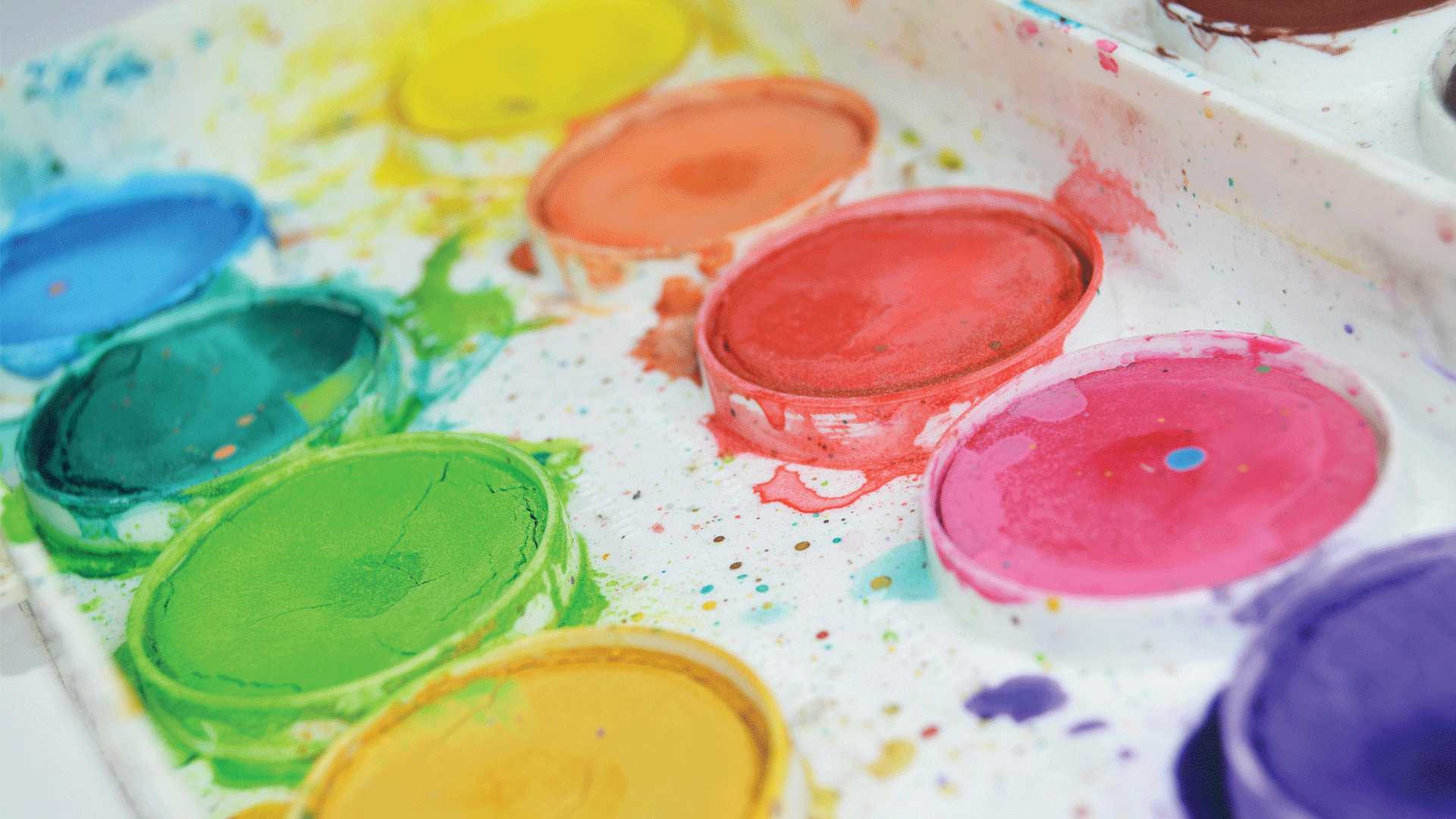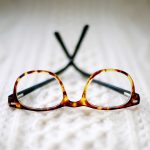
19 Aug How Art Helps Anxiety
An Aussie mum shows how art has helped her daughter manage her anxiety – creating a new world of possibilities.
“Hi, how are you?”
“Fine, thank you,” I mumbled, pulling pasta out of the trolley and onto the checkout.
“How about you, love?”
Oh no. I swung around to see Annabel drop her head.
“Helping Mummy with the shopping?”
I dropped the bag of apples back into the trolley as I lunged for Annabel’s hand, but it was too late. Her shoulders hunched up and over, like a snail retreating back into its shell. Her chin curled into her chest and her hair created a veil around her. She rammed her head into my side, clambering to get under my T-shirt. I felt the heat creeping up my neck and over my face. I started to sweat.
“Oh,” I laughed, “she’s shy”.
The checkout lady stared with open curiosity. I finished unpacking the trolley and paid. My hand shook as I ran the credit card through the machine. I walked awkwardly through the shopping centre, pushing the trolley with one hand and guiding Annabel with the other. It wasn’t until we reached the car that Annabel came out from her dark hiding place. I knelt down next to her and held her tight. “You’re ok, darling. You’re ok.”
“It happened again today.” My voice was high and brittle. “At the supermarket. What are we going to do?”
I felt like we were living under a cloud that was dulling us down, draining the colour and life out of us.
Andrew dunked his teabag and shrugged. He was the eternal optimist and thought she would grow out of it. “She’s fine, Catherine. We just have to find a way for her to cope. She’ll be fine,” he said over his shoulder, walking out of the kitchen.
Annabel is not shy – and she is not okay. At the age of three she developed a debilitating physical response to anxiety, rendering her non-verbal. This way of life swept down on us quickly and without warning. On a daily basis Annabel experiences some form of high anxiety – panic attacks, separation anxiety, generalised anxiety regarding the safety of our family. It’s always in public, always when there is an audience. Her physical response to these acute feelings is confronting to witness and elicits a constant stream of advice: “You need to teach her to be polite”, “Do you want the number for my paediatrician?”, “Don’t let her do that to you. You have to be firm”. I am exhausted by their good intentions.
When we are at home Annabel is witty and kind. She talks incessantly and spends copious amounts of time looking through my gallery exhibition catalogues – giant tomes full of Van Gogh, Monet and Cezanne. Annabel’s love of the exhibition books has given her an extraordinary eye for colour and detail. She spends hours drawing, imitating Monet’s Water Lilies and Van Gogh’s Starry Night. I asked her once why she draws what she does. “I draw what I feel,” she said without looking up.
When we leave the safety of our home she becomes anxious and disorientated; it’s like her brain can’t process any variables. Her body curls in on itself, desperately trying to make her invisible and block out anything beyond the norm. My primal response is to get louder, to throw my hands around and laugh it off. I don’t know if I’m trying to compensate for her or camouflage her.
We have asked for help, over and over. We have sought out professionals and pursued alternative therapies. Some worked a little. Most didn’t at all. No one could tell us why she was the way she was. I spent my evenings trawling through articles and websites. One article suggested that high anxiety is genetic, another that it’s a learned behaviour and another that it’s a symptom of a frightening experience. I had my own theories, which were laced with guilt and fear. Was it because she was sick as a baby? Was it because I’m a worrier? I was terrified I had somehow caused it. I was haunted by choices I made while she was in utero and a newborn. I questioned my capability to be a mother. I grieved for the childhood that Annabel was being denied.
All the while she was regressing. She turned four and developed a social phobia that led to wild tantrums and crippling fear. I tried dropping her off for a play date and she hyperventilated, sobbing with fear. “Slow down Annabel, take big breaths, you’re ok.” I looked her in the eye and repeated our mantra, over and over. Her torment won and I bundled her back into the car.
I suggested to Andrew that we enrol her in an art class. The first few classes were a disaster. Annabel clung to my arm and wouldn’t let me leave. She refused to participate, her head down, silently conducting her own private protest. I forced her back, week after week. Six months of trying and eventually the blessed art teacher tempted her with colour and ink and quiet words of encouragement.
With determined concentration, she began to paint and draw. Annabel started bringing home canvases and sculptures that stunned us. She smiled more. Her understanding of herself began to change.
We found a psychologist who coaxed Annabel with textas and fancy pencils, teaching her that her talent can be a way to communicate and process her thoughts. After each session Annabel walks out with a pile of papers tucked up under her arm. Some days there are drawings of her and I together. Sometimes there are dark nightscapes or intricate pictures of her heart, anatomically correct, drawn in crayon. Annabel has learned she needs to get the worries out of her head before they get too big. She has learned to reign in the fear and frame it with words and pictures before it consumes her. Our fridge is hidden under a mosaic of prints and paintings.
I dare to believe that Annabel will overcome this. That anxiety won’t shape her identity or future. I asked her what she wanted to be when she grew up. “An artist,” she said. “Or a vet, or maybe a teacher but not in a school, an art teacher.”
Annabel is now seven. She has good days and bad days, but the good are beginning to outweigh the bad. It has been a long few years. I still trawl the internet for answers, still get angry, but less so. Gone are the days of whispered discussions of medication and spectrums. Now we have art and we have colour – great sweeping arcs of colour.
Words by Catherine Johnstone / Image by Miguel Á. Padriñán




